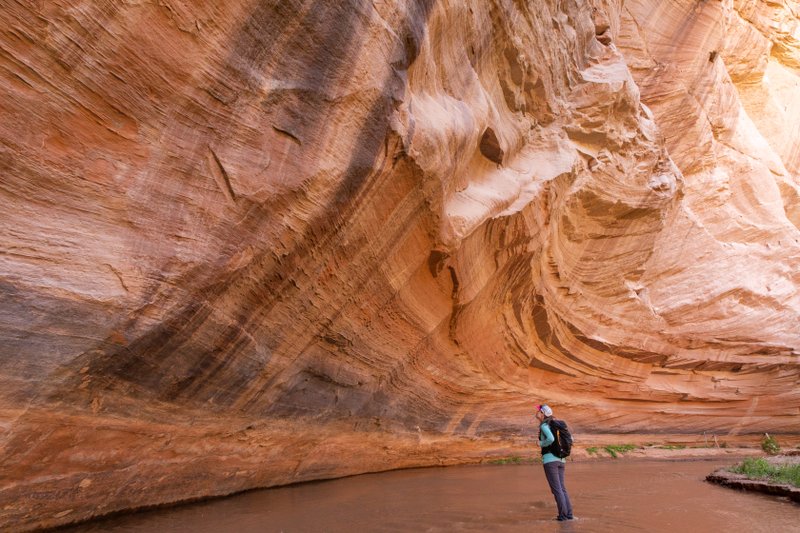Mesa Verde National Park in southwestern Colorado is an archaeological gem thanks to nearly 5,000 ancient sites. Founded in 1906, the park preserves the heritage of the Ancestral Pueblo people who lived in the dwellings for almost 700 years.
Of those 5,000 sites, 600 are cliff dwellings carved into sheer rock faces in seemingly unreachable terrain. According to historians, these cliff dwellings are the most modern structures in the park.
But the mysterious inhabitants of these cliff dwellings didn’t stay long. Sometime around A.D. 1300, the Ancestral Puebloans abandoned the alcoves for reasons unknown, and Mesa Verde was deserted.
These days, visitors to the park (entrance fee $15 per vehicle; $25 in May through October) enjoy 40 miles of roads that provide access to a large portion of the archaeological sites. Most sites don’t require additional fees and can be visited unencumbered.
While Mesa Verde is not nearly as popular as its neighbor Rocky Mountain National Park, it does see more than 600,000 visitors per year. The rub: The majority of people come in July and August, with 3,000 people entering the park every day in peak weeks.
For a more peaceful journey through indigenous history, head to Arizona’s Canyon de Chelly National Monument. Situated in the northeastern part of the state in the Four Corners region, Canyon de Chelly is only 150 miles from Mesa Verde, but it feels like a separate world.
This territory reflects one of the longest continually inhabited regions on the continent. Today, more than 2,700 known archaeological sites can be found in the canyons, including hundreds of Ancestral Puebloan villages and cliff dwellings.
The monument also represents a first-of-its-kind collaboration among the Navajo Nation, the National Park Service and the Bureau of Indian Affairs. The entire park is located on Navajo tribal land, and 40 Navajo families still reside in the canyon. In 2018, the three parties signed an agreement that outlines their commitment to sustainably manage the monument together.
This means there are few unguided options for visitors: two paved rim drives (no vehicle entrance fee) with views of Spider Rock and Antelope House Ruin, and one hiking trail to the White House Ruin, an 80-room settlement situated beneath an overhanging cliff. Unlike at Mesa Verde, visitors cannot go inside the ruins, because very few are stabilized.
Beyond that, the only way to see the canyon is by guided tour. Various Navajo tour operators offer three-hour driving excursions to explore the canyon floor. These vary in price, but usually run anywhere from $150 to $250 per vehicle.
But the best option, if you can afford the time and money, is to spend a few nights below the rim. Tour operators such as REI partner with Navajo guides to offer multi-night trips that include hikes to remote ruins and petroglyphs that day-trippers cannot see. (A four-day trip with gear, food, fees, guides, and transportation to and from Scottsdale costs $1,699 for REI members, $1,874 for nonmembers.) They also include a special treat: backcountry camping within a hundred yards of ancient settlements. In doing so, visitors learn more about the history, including stories passed down through Navajo culture.
